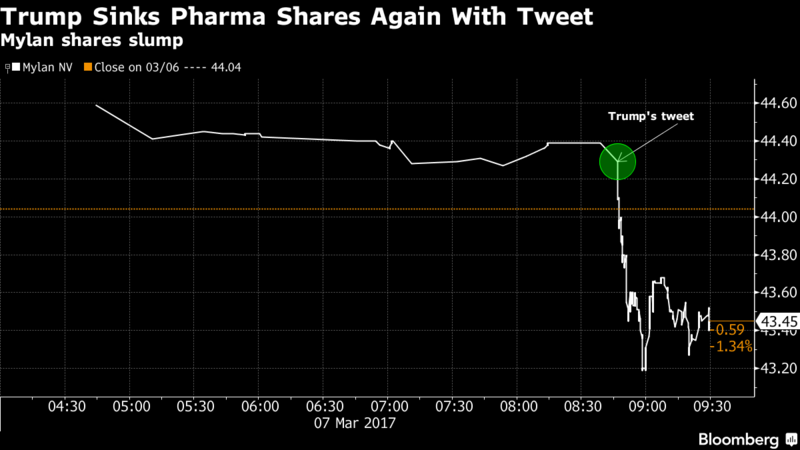 Yesterday, the Tweeter-in-Chief President Donald Trump tweeted, “I am working on a new system where there will be competition in the Drug Industry. Pricing for the American people will come way down!”
Yesterday, the Tweeter-in-Chief President Donald Trump tweeted, “I am working on a new system where there will be competition in the Drug Industry. Pricing for the American people will come way down!”
Those 140 characters sent pharma stocks tumbling, as illustrated by the chart for Mylan shares dated 7 March 2017.
This is one issue that Americans across the political spectrum agree on with the POTUS.
The latest Zogby poll into this issue, conducted for Prescription Justice, found 3 in 4 Americans agree that pharmaceutical companies are “getting away with murder,” as President Trump said in a TIME magazine interview which I profiled here in Health Populi in December 2016.
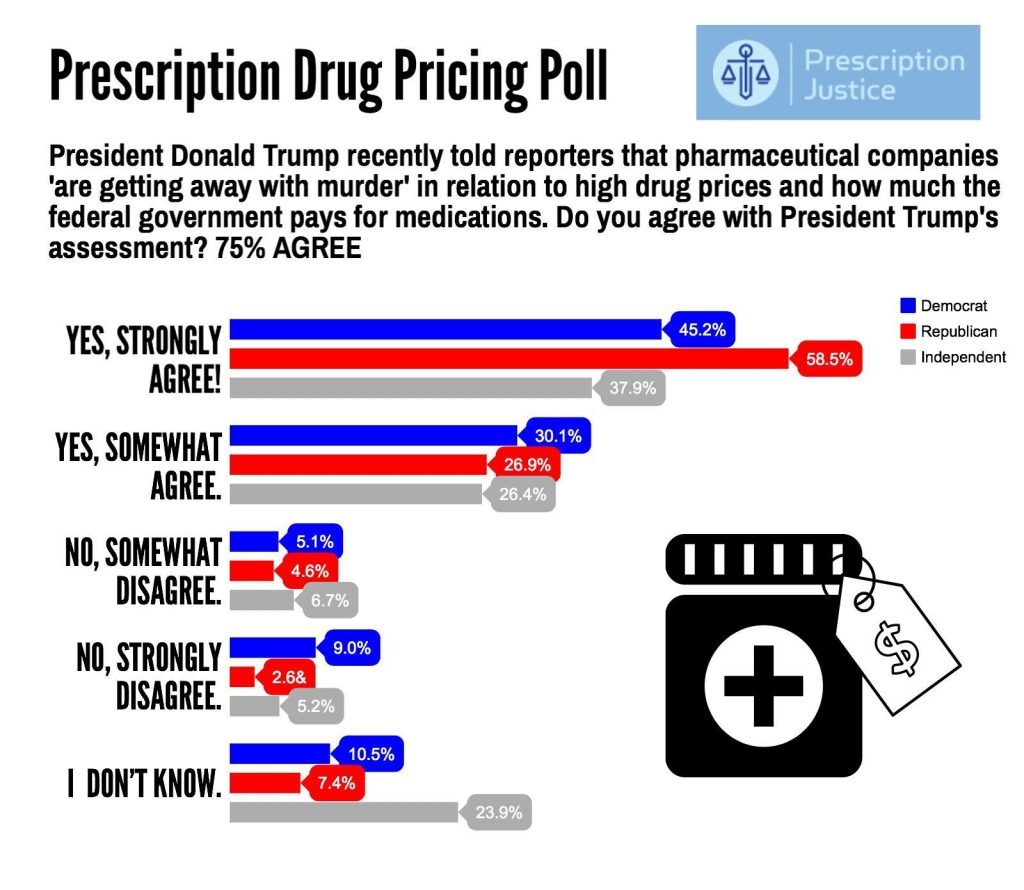 Other findings include:
Other findings include:
- Nine in 10 U.S. adults favor a change to the pharma pricing system to control costs
- 8 in 10 Americans say that prescription drug prices are too high
- 77% of Americans believe in changing Federal law to allow consumers to import medicines for personal consumption
- Nearly one-half of Americans say the prescription drug pricing system needs a “major overhaul”
- One in three Americans has not filled a prescription at least once in their lives due to the cost of the medicine
- One in 4 Americans has had to choose between filling a prescription and paying for household goods such as food or housing
- 8 in 10 Americans say prescription drug prices are too high
- Over one-half of people believe that pharmaceutical companies engage in price gouging and put profits over patients.
One of President Trump’s campaign platforms was to allow Medicare to negotiate drug prices with pharmaceutical manufacturers.
Note that the non-profit organization Prescription Justice supports legislative and policy reforms to allow personal prescription importation and Medicare’s right to negotiate drug prices.
The survey was conducted in early February 2017.
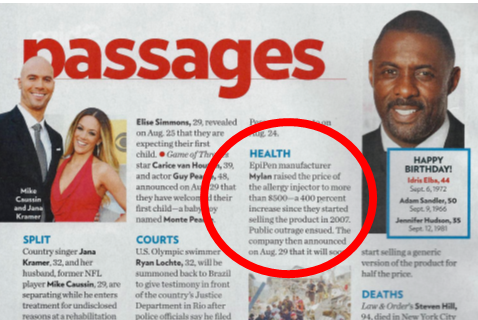 Health Populi’s Hot Points: “The president’s statements have reinvigorated the policy debate and calls for action surrounding prescription drug prices in the wake of news stories highlighting exorbitant prices hikes on drugs such as the EpiPen, the AIDS drug Daraprim, the lifesaving opioid overdose treatment Evzio, and Emflaza, which treats Duchenne muscular dystrophy,” Prescription Justice wrote in a press release about this poll.
Health Populi’s Hot Points: “The president’s statements have reinvigorated the policy debate and calls for action surrounding prescription drug prices in the wake of news stories highlighting exorbitant prices hikes on drugs such as the EpiPen, the AIDS drug Daraprim, the lifesaving opioid overdose treatment Evzio, and Emflaza, which treats Duchenne muscular dystrophy,” Prescription Justice wrote in a press release about this poll.
The issue of prescription drug prices has reached popular culture status, with People magazine’s “Passages” page featuring a snippet about EpiPen pricing in a September 2016 issue. The story talked about EpiPen consumer outrage about the 600% price increase for the product, in the magazine issue with a cover story on the Kardashian brother’s baby-mama. (I include an image of that story here, which I’ve been using in many of my speeches these days when I talk about the new cost-conscious healthcare consumer).
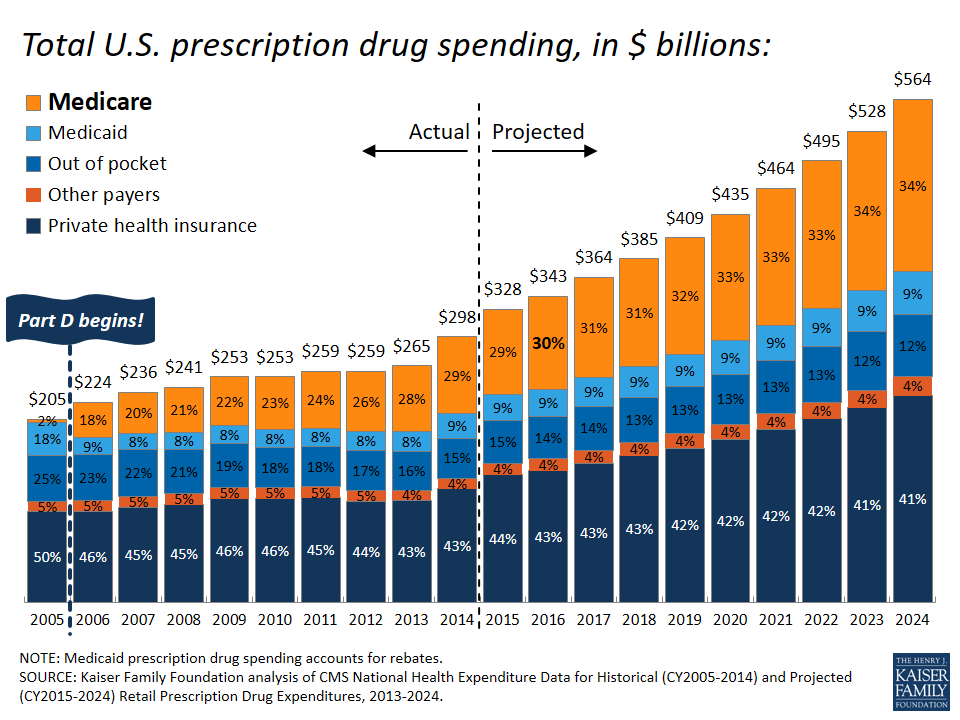 Prescription drugs are expected to hit Medicare beneficiaries hard in 2017 and beyond. Remember that older Americans are a significant voting bloc, and well-represented by the formidable AARP. The Employee Benefit Research Institute (EBRI) published a report in January 2017 titled, Savings Medicare Beneficiaries Need for Health Expenses: Some Couples Could Need as Much as $350,000. A key finding of EBRI’s calculation is that a couple with median prescription drug expenses would need $165,000 if they had a goal of having a 50% chance of having enough savings to cover health care expenses in retirement; if they wanted a 90% chance of having enough savings, they would need $265,000. Prescription drug costs are, therefore, projected to be a major cost of living for aging Americans going forward. Given the low savings rates of Americans, this financial scenario puts the sustainability of current prescription drug pricing methodologies in peril.
Prescription drugs are expected to hit Medicare beneficiaries hard in 2017 and beyond. Remember that older Americans are a significant voting bloc, and well-represented by the formidable AARP. The Employee Benefit Research Institute (EBRI) published a report in January 2017 titled, Savings Medicare Beneficiaries Need for Health Expenses: Some Couples Could Need as Much as $350,000. A key finding of EBRI’s calculation is that a couple with median prescription drug expenses would need $165,000 if they had a goal of having a 50% chance of having enough savings to cover health care expenses in retirement; if they wanted a 90% chance of having enough savings, they would need $265,000. Prescription drug costs are, therefore, projected to be a major cost of living for aging Americans going forward. Given the low savings rates of Americans, this financial scenario puts the sustainability of current prescription drug pricing methodologies in peril.
If President Trump wants love across the political spectrum, he’d be wise to focus more on this issue than on the dismantling of the Affordable Care Act, which has gained more favor in recent months as the threat of repeal became real to millions of health insureds, especially those living in Medicaid expansion states — scores of whom voted for Donald Trump.


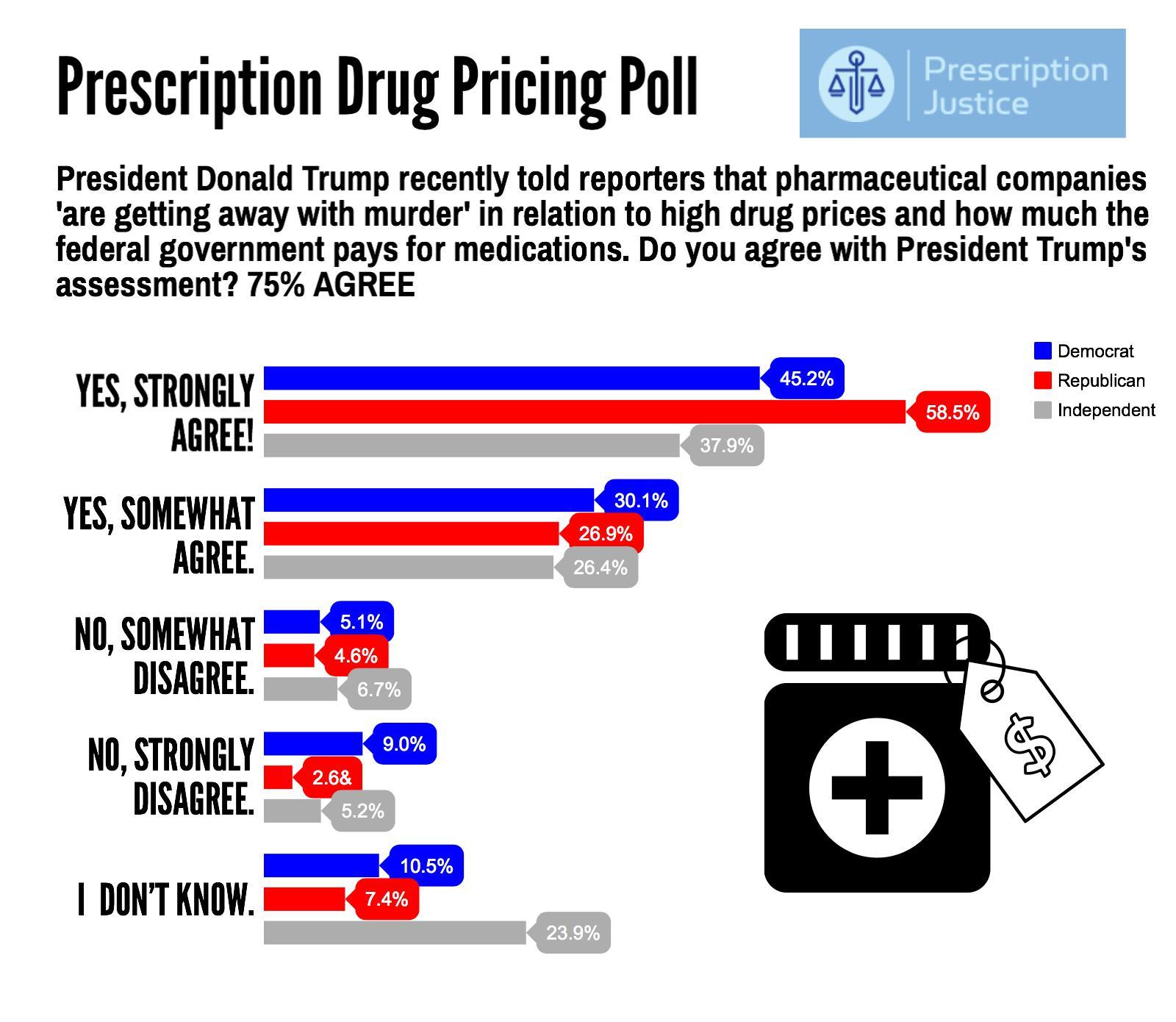


 Interviewed live on BNN Bloomberg (Canada) on the market for GLP-1 drugs for weight loss and their impact on both the health care system and consumer goods and services -- notably, food, nutrition, retail health, gyms, and other sectors.
Interviewed live on BNN Bloomberg (Canada) on the market for GLP-1 drugs for weight loss and their impact on both the health care system and consumer goods and services -- notably, food, nutrition, retail health, gyms, and other sectors. Thank you, Feedspot, for
Thank you, Feedspot, for  As you may know, I have been splitting work- and living-time between the U.S. and the E.U., most recently living in and working from Brussels. In the month of September 2024, I'll be splitting time between London and other parts of the U.K., and Italy where I'll be working with clients on consumer health, self-care and home care focused on food-as-medicine, digital health, business and scenario planning for the future...
As you may know, I have been splitting work- and living-time between the U.S. and the E.U., most recently living in and working from Brussels. In the month of September 2024, I'll be splitting time between London and other parts of the U.K., and Italy where I'll be working with clients on consumer health, self-care and home care focused on food-as-medicine, digital health, business and scenario planning for the future...